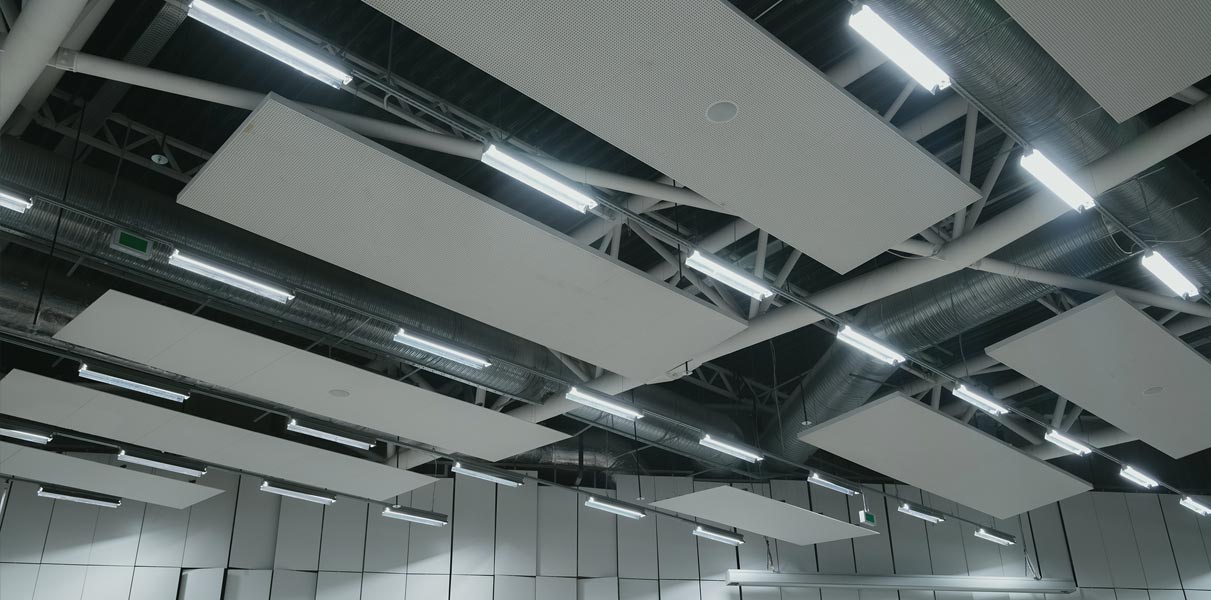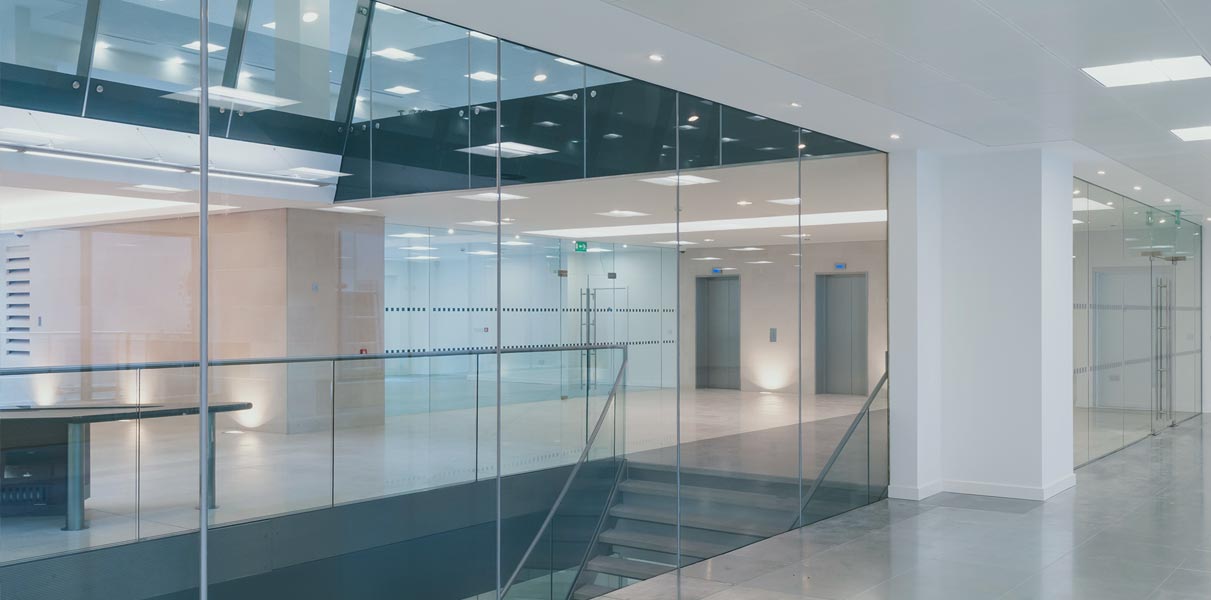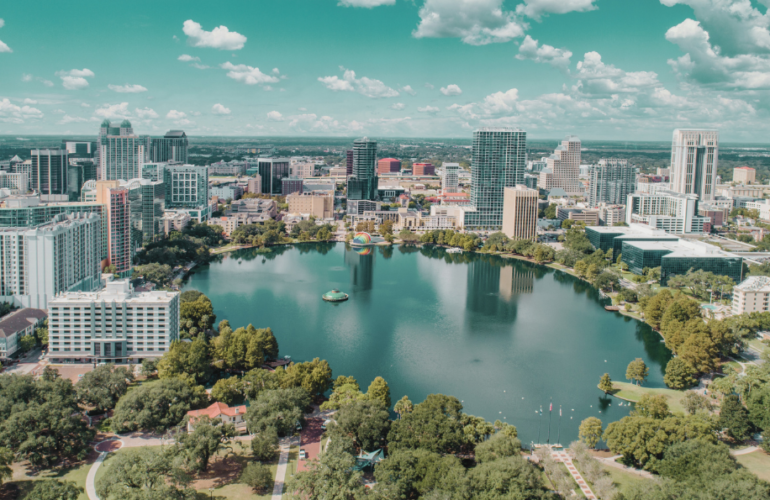TABLE OF CONTENTS
COMPLIANCE GUIDE
WHAT ARE THE NYC SUSTAINABLE BUILDING LAWS?
As part of the Climate Mobilization Act to achieve carbon neutrality by 2050, the City of New York has enacted a series of Local Laws (LL) to cut carbon emissions from buildings and improve the quality of life and health across its five boroughs. While the laws continue evolving, Green Econome works with Benchmarking and Energy Grades LL 84/133, LL 33/95, Audits and Retro-commissioning (RCx) LL 87, and Greenhouse Gas (GHG) Emission Reporting LL 97.
DOWNLOAD THE NYC LOCAL LAWS BROCHURE
NYC LOCAL LAW HIGHLIGHTS
Policy
CLIMATE MOBILIZATION ACT
Local Laws
LOCAL LAWS (84/133, 33/95) BENCHMARKING & ENERGY GRADES
LOCAL LAW 87 AUDITS/RCx
LOCAL LAW 97 GHG EMISSIONS LIMITS
Enforcing Agency
NYC DEPARTMENT OF BUILDINGS
Size of Property
25,000 SQ. FT. AND ABOVE
Property Type
COMMERCIAL, INDUSTRIAL, MULTIFAMILY BUILDINGS
LL 84 Required Information
12 MONTHS ENERGY, WATER AND BUILDING USE DATA
LL 87 Building Performance
Standards
AUDITS & RETRO-COMMISSIONING (A/RCx) REQUIREMENT
LL 97 GHG Emission Reporting
ANNUAL GHG EMISSION LIMIT COMPLIANCE REPORTING
Due Dates
LL 84 BENCHMARKING: MAY 1, ANNUALLY
LL 33 ENERGY GRADE LABEL: OCT. 31, ANNUALLY
LL 87 A/RCx REQUIREMENT: EVERY 10 YEARS
LL 97/147 GHG EMISSION REPORT: MAY 1, ANNUALLY
LOCAL LAW 84/133: BENCHMARKING
Buildings with a minimum gross floor area of 25,000 square feet must submit an annual energy & water benchmarking report to the City using ENERGY STAR® Portfolio Manager.
STEPS TO COMPLIANCE:
- Check the Covered Buildings List every late February to early March. This list will confirm whether you need to comply and if you are required to include water consumption in your report.
- Complete ENERGY STAR benchmarking and submit the report by May 1, annually.
- Print and post Energy Grade Label by October 31, annually (see below).
EXEMPTIONS FROM BENCHMARKING
- Multifamily buildings with less than 20 units, enclosed parking, or other property types not eligible to receive a 1-100 ENERGY STAR Score.
- Buildings that contain a data center, television studio, and/or trading floor that together exceed ten percent of the Gross Floor Area (GFA).
- Properties with New Built or Demolition permits and no Temporary Certificate of occupancy in a reporting year, or properties with the ownership change in a reporting year may be eligible for a temporary exemption by request only.
PROGRAM ENFORCEMENT
Civil penalty of $500 for each quarter the report is late, up to a maximum of $2,000 per year.
LOCAL LAW 33/95: BUILDING EFFICIENCY RATINGS (ENERGY GRADES)
Buildings complying with LL 84 in most cases, are given an efficiency rating in the form of a letter grade by October 1, every year. Owners/agents must download, print, and display their energy grade label near the main entrance to the building by October 31, for the entire year.
EXEMPTIONS FROM GRADING LABEL
- Properties not eligible for an ENERGY STAR score will receive an “N” grade and are exempt from benchmarking and disclosure requirements.
- Properties with New Built or Demolition permits and no Temporary Certificate of occupancy in a reporting year, or properties with the ownership change in a reporting year may be eligible for a temporary exemption by request only.
PROGRAM ENFORCEMENT
Failure to display the grading label by October 31 results in a $1,250 fine.
LOCAL LAW 87: AUDITS & RETRO-COMMISSIONING
Once every 10 years, covered buildings over 50,000 Sq. Ft. must submit an Energy Efficiency Report (EER). Owners must submit their EER in the calendar year in which the last digit of the year coincides with the last digit of the building’s tax block number.
An ASHRAE Level II energy audit and retro-commissioning (RCx) report must be conducted by an approved energy auditor and submitted by the owner/agent.
EXEMPTIONS
Additional exemptions apply for high-performing buildings and certain conditions including (but not limited to):
- ENERGY STAR certification for 2 of the 3 years before the due date.
- LEED certification within 4 years of the due date.
- Simple building that completes 6 prescriptive retrofits.
- Less than 10 years old.
- Undergone major renovation (as defined by law), within 10 years.
- Experiencing substantial financial hardship.
PROGRAM ENFORCEMENT
Failure to submit an EER is a Major (Class 2) violation which may result in a penalty of $3000 in the first year and $5000 for each additional year until the EER is submitted.
LOCAL LAW 97: GHG EMISSION LIMITS
Per LL 97, most buildings over 25,000 Sq. Ft., are required to meet annual energy efficiency and greenhouse gas (GHG) emissions limits, with reporting starting May 1, 2025, and due every year thereafter. The carbon caps vary and depend on the building’s size, property type, and LL 97 compliance year.
PROGRAM HIGHLIGHTS
- Covered buildings are ≥ 25,000 sq.ft. and tax lots or condominiums containing two or more buildings totalling ≥ 50,000 Sq.Ft.
- Property Type is based on the type determined and defined in the ENERGY STAR Portfolio Manager tool.
- The first compliance reports for buildings covered by LL97 are due by May 1, 2025, and reflect emissions in calendar year 2024.
- The first carbon emission limits per property type are listed here.
- Building owners will be allowed to submit application requests to the Department of Buildings (DOB) for cap adjustments due to excessive emissions and special uses.
- Owners may apply for deductions to the limit set for their emissions by purchasing greenhouse gas offsets, renewable energy credits, or by using distributed energy resources.
EXCEPTIONS TO COVERED BUILDINGS
The following buildings are exempt, even if they otherwise meet the definition of a covered building:
- An industrial facility primarily used for the generation of electric power or steam.
- Real property, not more than three stories, consisting of a series of attached, detached, or semi-detached dwellings, for which ownership and the responsibility for maintenance of the HVAC systems and hot water heating systems is held by each dwelling unit owner, and with no HVAC system or hot water heating system in the series serving more than 25,000 gross square feet, as certified by a registered design professional to the department.
- A city building.
- A housing development or building on land owned by the New York City Housing Authority.
- A rent-regulated accommodation.
- A building whose main use or dominant occupancy is classified as occupancy group A-3 religious house of worship.
- Real property owned by a housing development fund company organized under the business corporation law and article eleven of the private housing finance law.
- A building that participates in a project-based federal housing program.
PROGRAM ENFORCEMENT
Covered buildings that exceed annual emissions limits will face annual fines of $268 per ton of CO2 equivalent over the limit. Emissions are calculated based on tons of CO2 equivalent per square foot.
AS BENCHMARKING CONSULTANTS AND ESG REPORTING EXPERTS, WE WILL WORK WITH YOU TO DEVELOP A BUILDING PERFORMANCE BASELINE FOR COMPLIANCE
Green Econome takes an accurate, efficient, and comprehensive approach to ENERGY STAR® benchmarking that ensures you receive meaningful data about the performance of your building for disclosure compliance, ESG reporting, green loans, auditing, or whatever your project needs may be. Our property use details and utility data collection, review, and verification process leads to complete benchmarking.







